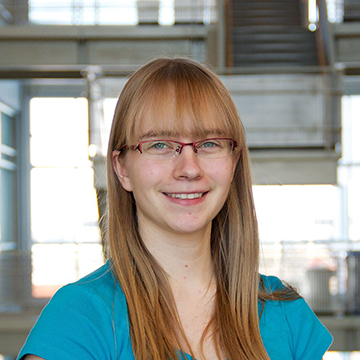 [an error occurred while processing this directive]
[an error occurred while processing this directive]
PhD Candidate
[an error occurred while processing this directive]
Stanford University
[an error occurred while processing this directive]
[an error occurred while processing this directive]
[an error occurred while processing this directive]
[an error occurred while processing this directive]
[an error occurred while processing this directive]
[an error occurred while processing this directive]
PhD Candidate
[an error occurred while processing this directive]
Stanford University
[an error occurred while processing this directive]
[an error occurred while processing this directive]
[an error occurred while processing this directive]
[an error occurred while processing this directive]
Oscillatory neural networks hold promise for implementing efficient artificial intelligence, but require a compact source of neuron-like spiking, which IMT devices can provide. I show that by adding an ultra-narrow carbon nanotube heater to a VO2 oscillator the power consumption is halved and the spiking frequency increases by ~1000X. On the other hand, ESD is a major cause of commercial chip failure, which is increasingly challenging to handle. I demonstrate compact IMT devices capable of surviving currents up to 10 A in the metallic state, that still recover to the insulating state once an ESD event is over. [an error occurred while processing this directive] Stephanie Bohaichuk is a PhD candidate in Electrical Engineering at Stanford University, advised by Prof. Eric Pop. Her research interests are in the physics and applications of nanoscale devices based on emerging low-dimensional and quantum materials. She is the recipient of a Stanford Graduate Fellowship and a National Science and Engineering Research Council (NSERC) Postgraduate PGS D Fellowship. She completed her undergraduate degree in Engineering Physics with Nanoengineering at the University of Alberta. [an error occurred while processing this directive] [an error occurred while processing this directive] [an error occurred while processing this directive]